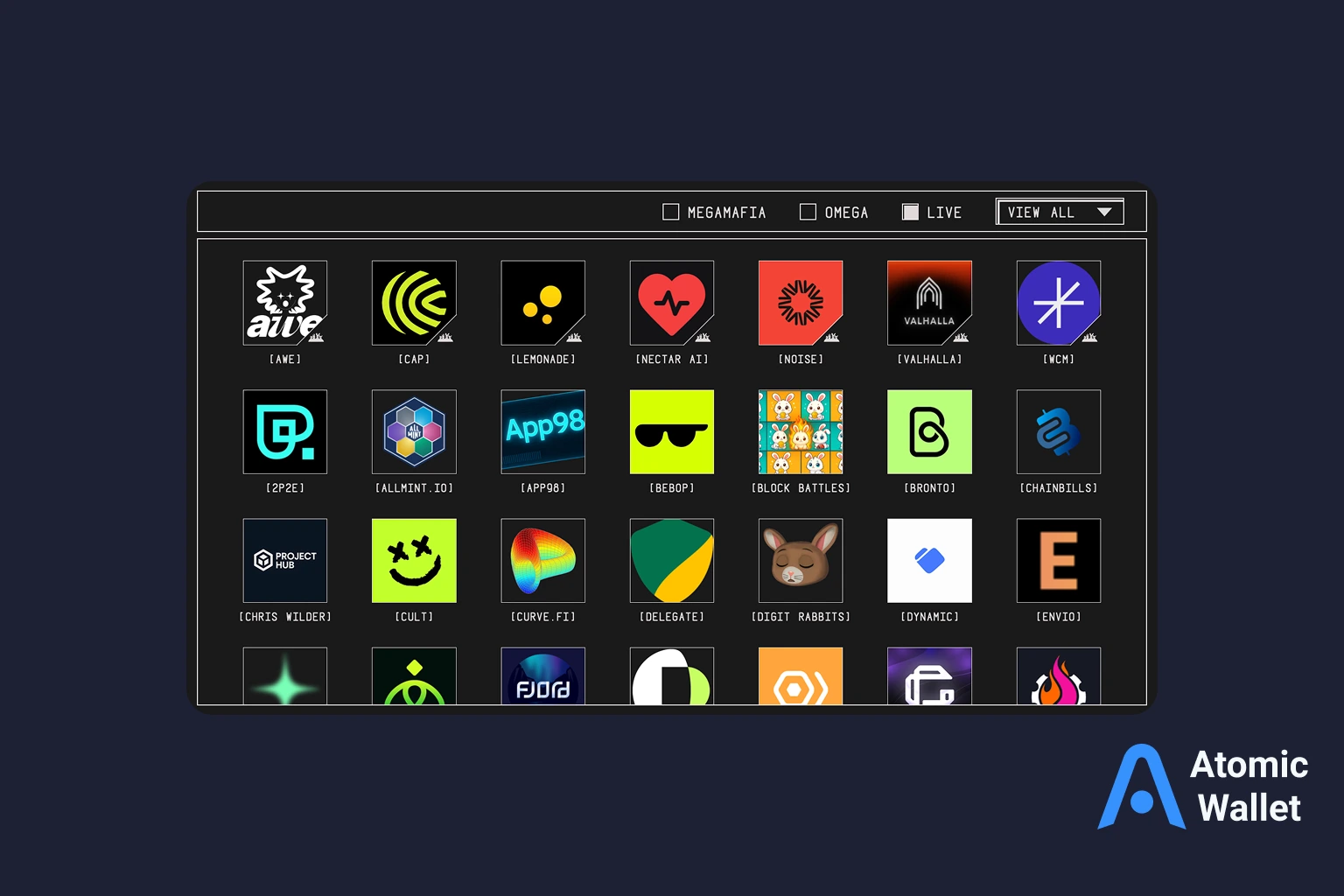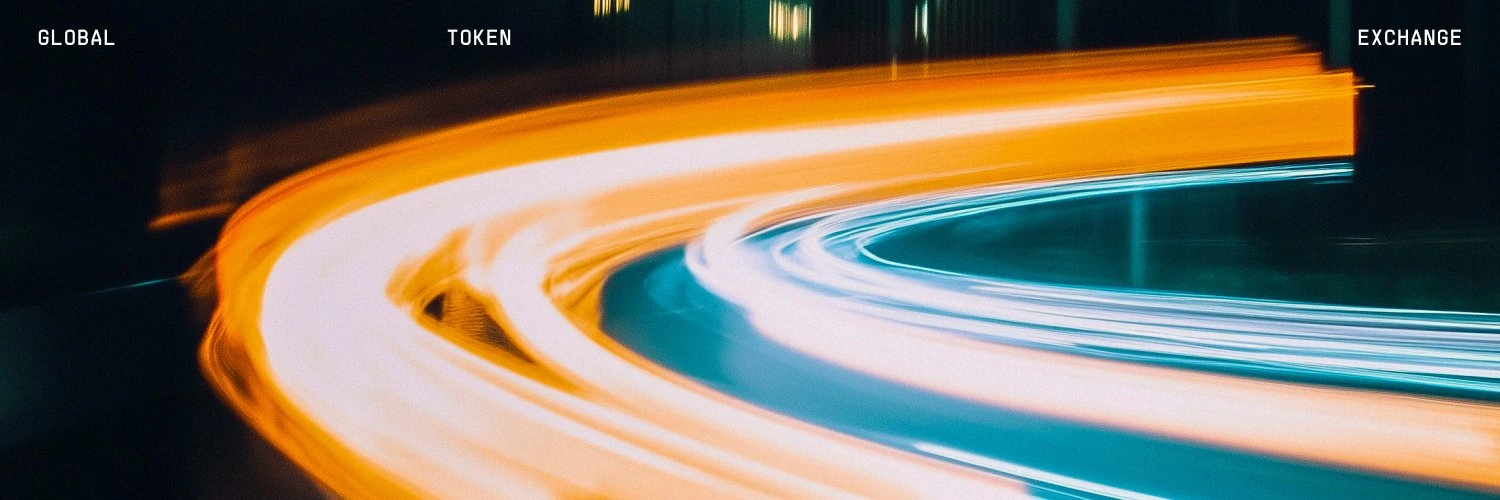Assets

Exchange

Buy Crypto




After months of hype, MegaETH is proving it’s more than just another Ethereum Layer-2.
It’s a real-time blockchain, capable of sub-second execution and parallel transaction processing — something no other rollup has achieved so far.
While most networks focus on “cheap transactions,” MegaETH focuses on instant execution and user experience. Its architecture unlocks a new generation of dApps — from trading platforms that feel like centralized exchanges to AI and gaming projects that finally run at full speed on-chain.
Now, as the MegaETH testnet ecosystem expands, new builders are going live every week — and several standout projects already define what this network is about.

The biggest bottleneck in today’s blockchains isn’t cost — it’s latency.
Transactions take seconds (or even minutes) to finalize, breaking UX for real-world apps. MegaETH aims to fix that.
It introduces a parallel execution engine, allowing multiple smart contracts to run at once without congestion.
Consensus and execution occur asynchronously, meaning transactions can finalize in under a second while maintaining Ethereum-level security.
For developers, this means a playground for real-time DeFi, AI interactions, and on-chain social systems that react instantly.
For users — it’s the first network where blockchain apps finally feel as fast as Web2.
The Global Token Exchange (GTE) is the beating heart of the MegaETH DeFi ecosystem.
Built natively on MegaETH’s real-time Layer-2 architecture, GTE delivers instant swaps, deep liquidity, and CEX-level speed — all while remaining fully decentralized.
GTE leverages MegaETH’s parallel execution to process multiple trades simultaneously, without the lag or gas spikes seen on other EVM networks. This makes it ideal for high-frequency trading, cross-asset swaps, and MEV-resistant execution.
Early testers describe GTE as “the Uniswap of MegaETH — but faster.”
With plans to expand into perpetuals and launch aggregator APIs for other dApps, GTE is quickly becoming the go-to liquidity hub for the MegaETH ecosystem.

If GTE is about speed, Valhalla is about precision.
This fully on-chain perpetuals DEX takes derivatives trading to a new level — offering composable contracts, real-time pricing, and fair market execution that eliminates MEV manipulation.
Valhalla’s key innovation is its modular architecture, allowing developers to build custom yield layers and liquidity strategies directly on top of the protocol.
Thanks to MegaETH’s instant finality, liquidations, funding rates, and leverage updates all occur in milliseconds, creating the first truly seamless on-chain derivatives experience.
The team behind Valhalla positions it as “the first fair perpetual market,” proving that even complex DeFi primitives can run entirely on-chain — at full speed.

Cap Labs is building the stable foundation of the MegaETH economy.
Their goal is ambitious — to launch a suite of redeemable stablecoins (USD, BTC, ETH) backed by algorithmic yield strategies, MEV arbitrage, and RWA integrations.
What makes Cap Labs stand out is its ability to execute arbitrage loops in real time, thanks to MegaETH’s ultra-low latency. Traditional DeFi protocols rely on block-by-block updates; Cap Labs synchronizes positions instantly across pools.
In practice, that means a new generation of stablecoins that are:
Cap Labs is positioning itself as MegaETH’s “MakerDAO + Frax + Curve” hybrid, providing the liquidity backbone for every DeFi app in this ecosystem.

Euphoria (Coming soon) brings options trading to MegaETH — but with the simplicity of Robinhood.
The platform focuses on accessibility: a sleek UI, clear pricing, and one-click on-chain settlements.
Built directly on MegaETH’s real-time engine, Euphoria can price and execute multiple contracts per second — eliminating the waiting times that plague most on-chain options protocols.
Its mission is simple: make advanced DeFi instruments usable by everyday traders.
Whether you’re hedging, speculating, or experimenting with new strategies, Euphoria delivers a trading experience that finally feels fast, fair, and intuitive.
Lemonade is more than an event app — it’s the social backbone of MegaETH.
The platform helps creators, DAOs, and communities host events, manage memberships, and reward engagement — all directly on-chain.
Using MegaETH’s real-time execution, Lemonade makes community actions (RSVPs, votes, or NFT drops) instant and gas-light, bridging the gap between Web2 and Web3.
Its long-term goal is to become the “Eventbrite of crypto” — but decentralized, interoperable, and fully composable.
Early integrations show seamless onboarding for users who’ve never interacted with crypto before, making it a perfect example of Web2 → Web3 usability done right.
Noise transforms collective attention into an on-chain market.
The idea is simple but powerful: trends themselves become tradable assets.
Users can speculate on which topics, tokens, or narratives will gain traction — and the market dynamically prices that “attention value” in real time.
Running on MegaETH gives Noise the edge: instant price updates, micro-trading without gas spikes, and a live social feed integrated into trading data.
It’s where crypto traders meet social analytics — “Twitter sentiment meets on-chain liquidity.”
As hype cycles evolve faster than ever, Noise positions itself as the attention layer of MegaETH — a protocol that tokenizes relevance itself.

MegaETH’s ecosystem is expanding fast, even in its early testnet stage.
Beyond current leaders like GTE, Cap Labs, and Valhalla, new protocols are joining weekly — spanning DeFi, infrastructure, gaming, and AI.
These initiatives show that MegaETH is positioning itself not just as a faster Layer-2, but as Ethereum’s real-time execution layer — a new standard for builders who need sub-second performance.
What is MegaETH?
MegaETH is a high-performance Layer-2 solution built on Ethereum, designed to deliver real-time transaction execution and sub-second finality.
Is MegaETH live?
The network is currently in its public testnet phase, with mainnet expected later in 2025.
Will there be a $MEGA token?
Yes. $MEGA will serve as the native gas, staking, and governance token across the ecosystem.
What makes MegaETH different from Arbitrum or Optimism?
While most L2s focus on low fees, MegaETH prioritizes speed and UX — achieving web-level responsiveness even during high demand.
How can I try the testnet?
Add the official MegaETH RPC, claim test tokens, and explore apps like GTE, Euphoria, or Lemonade to test real-time DeFi performance.
MegaETH is redefining what’s possible on Ethereum.
It’s not just scaling — it’s rearchitecting blockchain performance for the next decade.
By merging high-frequency DeFi, social-AI experiments, and instant dApp execution, MegaETH could become the go-to infrastructure for interactive Web3 experiences.
With builders already pushing boundaries and testnet activity surging, MegaETH’s momentum signals one thing:
the future of Ethereum may run — and feel — like the modern internet.
Store, trade, and track MegaETH tokens securely with Atomic Wallet — your bridge to real-time Web3.

Rumble stock price explained: recent performance, volatility factors, and 2025 projections. Learn how politics and creator economics drive RUM.

Metaplanet stock surged as the company doubled down on its Bitcoin strategy and even added 14,618 ETH. Learn what drives Metaplanet stock price, how mNAV works, key risks, and why investors call it the “Japanese MicroStrategy.”